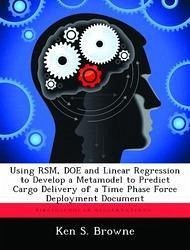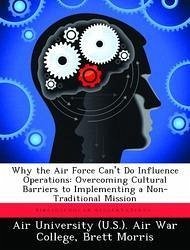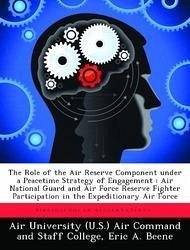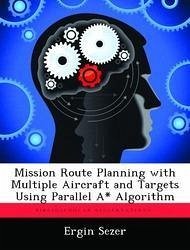
Forecasting Readines: Using Regression to Predict the Mission Capability of Air Force F-16 Fighter Aircraft
Versandkostenfrei!
Versandfertig in über 4 Wochen
52,99 €
inkl. MwSt.

PAYBACK Punkte
26 °P sammeln!
According to many experts, the readiness of America's armed forces has deteriorated throughout the 1990s. In the Air Force, the combat readiness of its fighter aircraft has declined in varying degrees. One of the Air Force's indicators of combat readiness for its aircraft, the mission capable rate, is a rate primarily used to identify the percentage of aircraft that are able to perform their primary missions. From FY94 through FY98, the aggregate Air Force aircraft total not mission capable rate for maintenance (TNMCM) for all aircraft has steadily increased from 14 percent to 18.2 percent whi...
According to many experts, the readiness of America's armed forces has deteriorated throughout the 1990s. In the Air Force, the combat readiness of its fighter aircraft has declined in varying degrees. One of the Air Force's indicators of combat readiness for its aircraft, the mission capable rate, is a rate primarily used to identify the percentage of aircraft that are able to perform their primary missions. From FY94 through FY98, the aggregate Air Force aircraft total not mission capable rate for maintenance (TNMCM) for all aircraft has steadily increased from 14 percent to 18.2 percent while total not mission capable rate for supply (TNMCS) increased from 5.5 percent in FY86 to 17.5 percent in FY00. The Air Force currently uses the Funding/Availability Multi-Method Allocator for Spares (FAMMAS) forecasting model to predict overall mission capable rates for each type of aircraft it has in its inventory. While the FAMMAS model does an excellent job of predicting mission capable rates based on funding data and other associated planning factors, it is does not explain the key drivers that influence mission capable rates, which limits its effectiveness as a management and decision- making tool.












